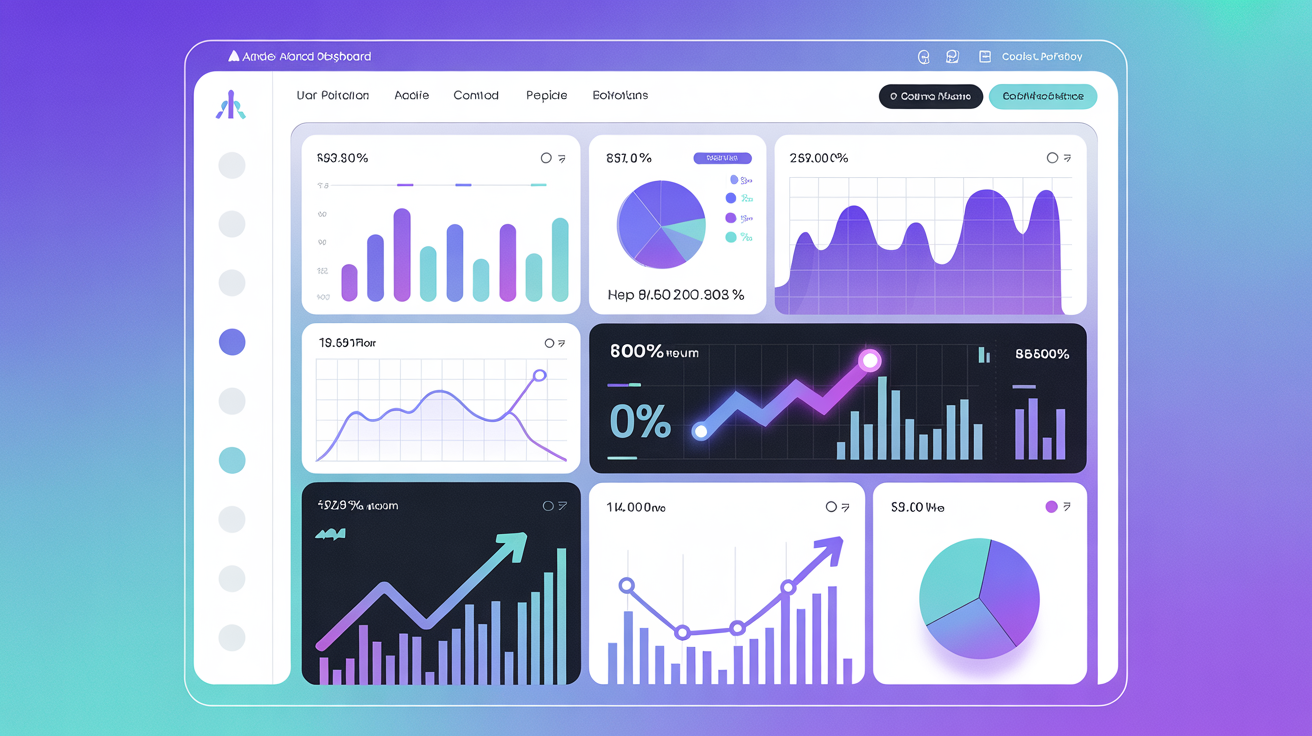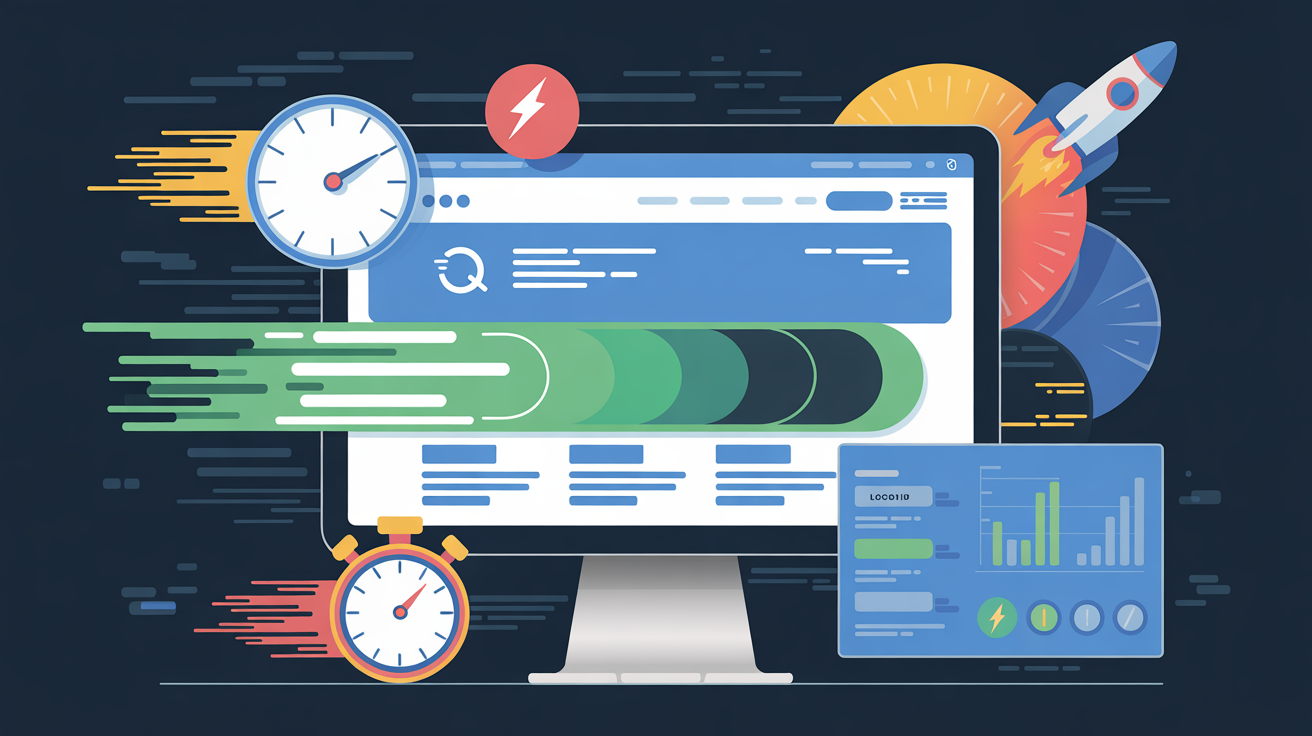Choosing the right website plan for your business can feel overwhelming. With countless options, pricing structures, and technical jargon, how do you know which plan truly meets your needs without overpaying or settling for less?
This comprehensive guide will help you make an informed decision by breaking down everything you need to know about website plans, from understanding different types to evaluating your specific requirements.
Understanding Different Types of Website Plans
Before diving into specific plans, let's clarify the main types available:
1. Website Builder Plans
Best for: Very small businesses, personal blogs, or simple online presence.
- Pros: Easy to use, affordable, no coding required
- Cons: Limited customization, can look generic, may have platform branding
- Examples: Wix, Squarespace, Weebly
2. Shared Hosting with CMS
Best for: Small to medium businesses needing more flexibility.
- Pros: More customization, lower cost, good for startups
- Cons: Shared resources can affect performance, requires some technical knowledge
- Examples: WordPress on shared hosting
3. VPS or Cloud Hosting
Best for: Growing businesses with increasing traffic.
- Pros: Better performance, more control, scalable
- Cons: More expensive, requires more technical knowledge
- Examples: DigitalOcean, Linode, AWS
4. Custom Development with Managed Hosting
Best for: Businesses serious about their online presence.
- Pros: Fully customized, professional design, optimized performance, ongoing support
- Cons: Higher initial investment
- Examples: Professional web development agencies (like Gizseo)
Assessing Your Business Needs
Before choosing a plan, honestly evaluate your business requirements:
Consider Your Business Goals:
- Are you just getting started or already established?
- Do you need e-commerce functionality?
- Will you need customer portals or member areas?
- Do you plan to scale rapidly?
- What's your content strategy? (Blog, video, etc.)
Technical Capabilities:
- Do you have in-house technical staff?
- Are you comfortable managing updates and security?
- Do you prefer hands-on control or managed services?
Budget Considerations:
- What's your initial budget?
- Can you afford ongoing maintenance costs?
- What's the cost of your time if managing yourself?
- What's the ROI potential?
Key Features to Evaluate
When comparing website plans, pay attention to these critical features:
1. Performance and Reliability
- Uptime guarantee – Look for 99.9% or higher
- Loading speed – Will the plan support fast page loads?
- CDN availability – Content delivery network for faster global access
- SSL certificate – Essential for security and SEO
2. Scalability
- Can you easily upgrade as your business grows?
- Are there traffic limits?
- Can you add features later?
- What's the cost of scaling?
3. Support and Maintenance
- What level of support is included?
- Are updates automatic or manual?
- Who handles security patches?
- Is there a backup system?
4. Customization Options
- How much control do you have over design?
- Can you add custom functionality?
- Are there integration options with other tools?
- Can you export your data if you switch providers?
5. SEO Capabilities
- Does the platform support SEO best practices?
- Can you customize meta tags and URLs?
- Is the code optimized for search engines?
- Are mobile optimization features included?
Comparing Pricing Models
Website plans typically follow one of these pricing structures:
1. Monthly Subscription
Pros: Predictable costs, easier to budget, includes updates and support.
Cons: Ongoing expense, may cost more over time.
Best for: Businesses wanting hassle-free management.
2. One-Time Build + Separate Hosting
Pros: You own the site outright, potentially lower long-term costs.
Cons: Large upfront cost, maintenance is your responsibility, updates cost extra.
Best for: Businesses with technical capabilities.
3. Hybrid Model
Pros: Initial development fee plus affordable monthly maintenance, balance of ownership and support.
Cons: Still requires initial investment.
Best for: Most small to medium businesses (this is Gizseo's approach).
Red Flags to Watch Out For
When evaluating website plans, be wary of:
- Extremely low prices – Quality has a cost; too-cheap plans often cut corners
- Hidden fees – Look for transparent pricing with no surprises
- Locked-in contracts – Avoid long-term commitments without exit options
- Vague feature descriptions – Reputable providers are specific about what's included
- No support options – You'll need help at some point
- Poor reviews or no testimonials – Research the provider's reputation
- "Unlimited" claims – True unlimited resources don't exist; read the fine print
Questions to Ask Before Deciding
Ask potential providers these critical questions:
About the Service:
- What exactly is included in the plan?
- What happens if I exceed my traffic limits?
- How often are backups performed?
- What's your average response time for support?
- Can I see examples of similar websites you've built?
About Ownership and Control:
- Will I own my website and content?
- Can I move my site to another provider if needed?
- Do I have access to all files and databases?
- What happens to my site if I stop paying?
About Updates and Maintenance:
- Who handles software updates?
- How do I request changes or new features?
- Are content updates included or extra?
- What's the process for major redesigns?
The Gizseo Approach
At Gizseo, we've designed our plans to address the common frustrations businesses face when choosing website services:
Our Model:
- Transparent pricing – No hidden fees or surprises
- Flexible packages – Start with what you need, grow when you're ready
- Professional development – Custom solutions, not cookie-cutter templates
- Subscription-based maintenance – Predictable monthly costs covering hosting, updates, security, and support
- You own your site – Complete ownership and control
- No long-term lock-in – Month-to-month flexibility
Our Plans Range From:
- Basic websites ($1,000 build + $99/month maintenance) – Perfect for startups
- Professional business sites – Enhanced features and functionality
- E-commerce platforms – Full online store capabilities
- Custom applications – Tailored solutions for unique needs
Making Your Final Decision
Follow this process to choose the right plan:
Step 1: Define Your Requirements
List must-have features, nice-to-have features, and deal-breakers.
Step 2: Set Your Budget
Determine both initial investment and ongoing costs you can afford.
Step 3: Research Options
Compare at least 3-5 providers or plans that fit your criteria.
Step 4: Ask Questions
Contact providers directly with your specific questions.
Step 5: Check References
Look at portfolios, read reviews, and if possible, talk to current clients.
Step 6: Consider Long-Term Value
The cheapest option isn't always the best value. Consider total cost of ownership.
Step 7: Start Small, Plan to Scale
Don't overpay for features you won't use immediately, but ensure you can grow.
Common Mistakes to Avoid
- Choosing based on price alone – Quality and support matter
- Overbuying features – Pay for what you need now
- Ignoring scalability – Think about future growth
- Skipping the fine print – Read contracts carefully
- Not considering your time – DIY isn't free if it takes all your time
- Forgetting about mobile – Mobile optimization is non-negotiable
- Neglecting security – Cheap plans may cut corners on security
Ready to Choose Your Plan?
Choosing the right website plan is a crucial decision that impacts your business's online success. The right choice balances cost, features, support, and scalability.
Remember: A website isn't an expense—it's an investment in your business's growth and credibility.
Need Personalized Guidance?
Every business is unique, and there's no one-size-fits-all answer. At Gizseo, we offer free consultations to help you determine exactly what you need—no pressure, just honest advice.
Contact us today to discuss your specific requirements and get a custom quote tailored to your business.
Let's build something great together! 🚀


